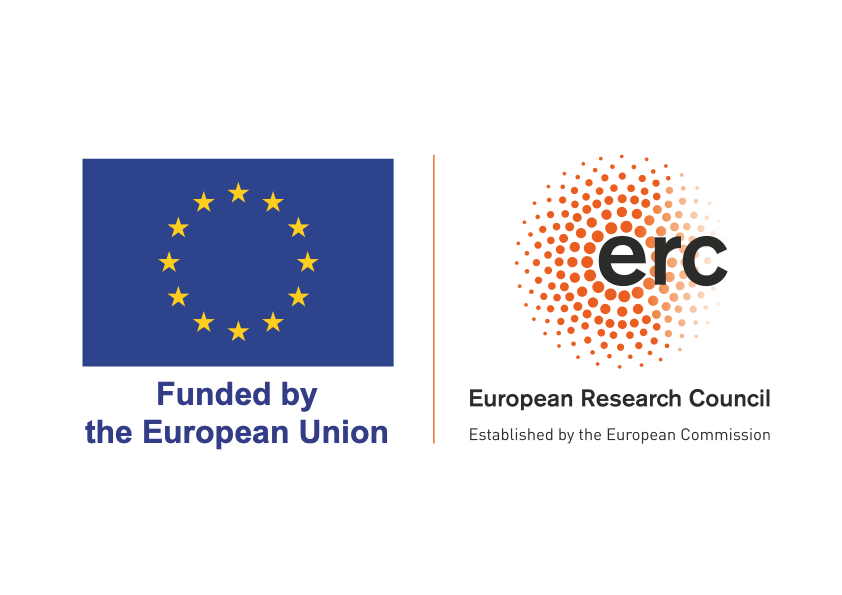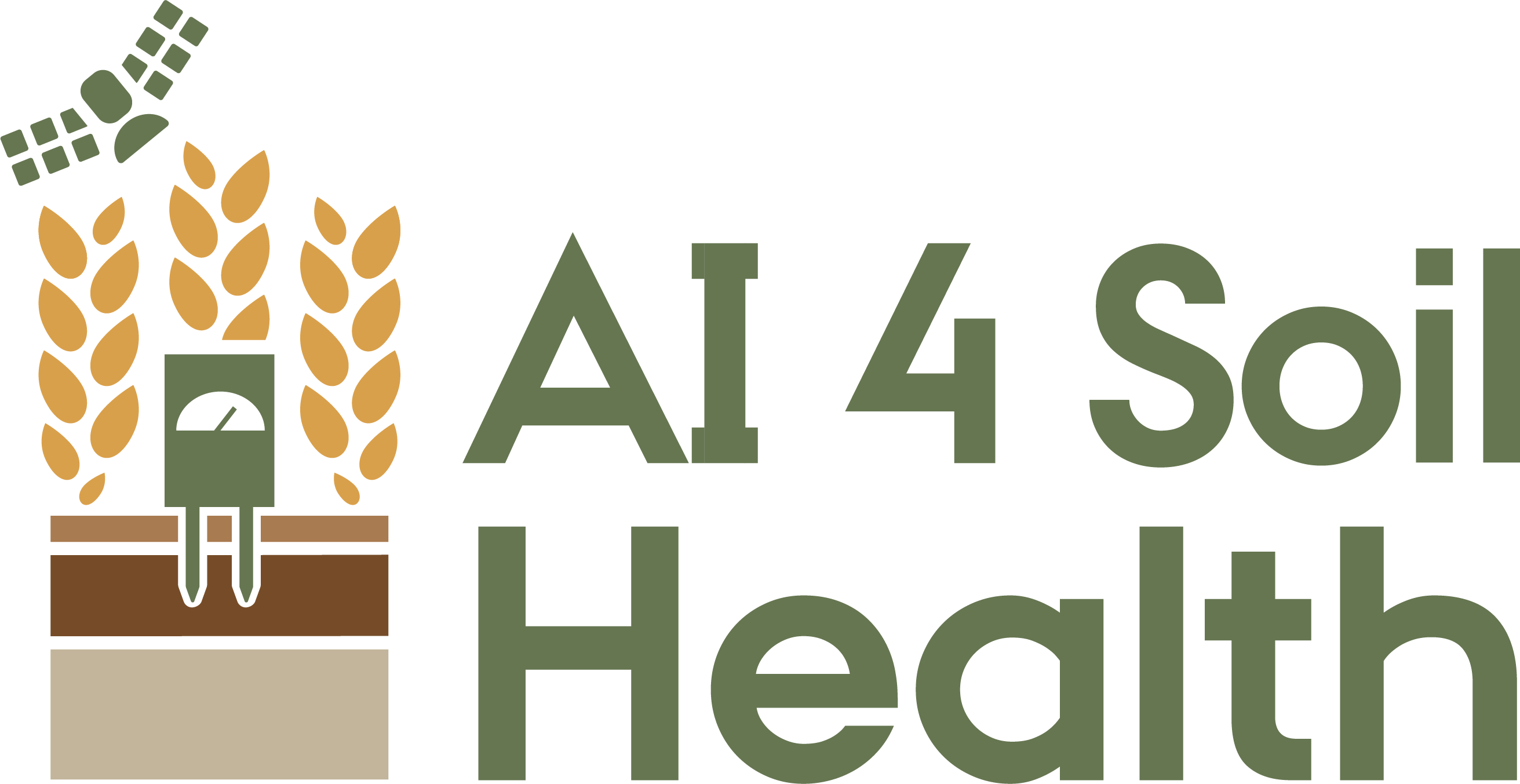Caution
Work in progress
EasyHybrid.jl provides a simple and flexible framework for hybrid modeling, enabling the integration of neural networks with process-based models. This approach can be expressed as:
where
using Pkg
Pkg.add(url="https://github.com/EarthyScience/EasyHybrid.jl.git")Start using the package:
using EasyHybrid🛠️ ⚙️ 🚀 Click for more! 🛠️ ⚙️ 🚀
Clone the repository
git clone https://github.com/EarthyScience/EasyHybrid.jl.gitand start using it by opening one of the env in projects, i.e. Q10.jl. There executing the first 4 lines should get you all needed dependencies: shift + enter.
Or if you are already working in a project and want to add EasyHybrid in dev mode then do
# local will clone the repository at your current directory
]dev --local https://github.com/EarthyScience/EasyHybrid.jl.gitHere's a complete example demonstrating how to use EasyHybrid to create a hybrid model for ecosystem respiration. This example demonstrates the key concepts of EasyHybrid:
-
Process-based Model: The
RbQ10function represents a classical Q10 model for respiration with base respirationrbandQ10which describes the factor by respiration is increased for a 10 K change in temperature -
Neural Network: Learns to predict the basal respiration parameter
rbfrom environmental covariates - Hybrid Integration: Combines the neural network predictions with the process-based model to produce final outputs
-
Parameter Learning: Some parameters, like
Q10corresponding to$\phi$ , can be learned globally, while others, likerbcorresponding to$\theta$ , are predicted per sample
The framework automatically handles the integration between neural networks and mechanistic models, making it easy to leverage both data-driven learning and domain knowledge.
using EasyHybrid
# Load synthetic dataset
ds = load_timeseries_netcdf("https://github.com/bask0/q10hybrid/raw/master/data/Synthetic4BookChap.nc")
ds = ds[1:20000, :] # Use subset for faster execution# RbQ10 model: Respiration model with Q10 temperature sensitivity
function RbQ10(;ta, Q10, rb, tref = 15.0f0)
reco = rb .* Q10 .^ (0.1f0 .* (ta .- tref))
return (; reco, Q10, rb)
end# Parameter specification: (default, lower_bound, upper_bound)
parameters = (
rb = (3.0f0, 0.0f0, 13.0f0), # Basal respiration [μmol/m²/s]
Q10 = (2.0f0, 1.0f0, 4.0f0), # Temperature sensitivity - describes factor by which respiration is increased for 10 K increase in temperature [-]
)# Define input variables
forcing = [:ta] # Forcing variables (temperature)
predictors = [:sw_pot, :dsw_pot] # Predictor variables (solar radiation)
target = [:reco] # Target variable (respiration)
# Parameter classification
global_param_names = [:Q10] # Global parameters (same for all samples)
neural_param_names = [:rb] # Neural network predicted parameters
# Construct hybrid model
hybrid_model = constructHybridModel(
predictors, # Input features
forcing, # Forcing variables
target, # Target variables
RbQ10, # Process-based model function
parameters, # Parameter definitions
neural_param_names, # NN-predicted parameters
global_param_names, # Global parameters
hidden_layers = [16, 16], # Neural network architecture
activation = swish, # Activation function
scale_nn_outputs = true, # Scale neural network outputs
input_batchnorm = true # Apply batch normalization to inputs
)using WGLMakie # to see an interactive and automatically updated train_board figure
out = train(
hybrid_model,
ds,
();
nepochs = 100, # Number of training epochs
batchsize = 512, # Batch size for training
opt = RMSProp(0.001), # Optimizer and learning rate
monitor_names = [:rb, :Q10], # Parameters to monitor during training
yscale = identity, # Scaling for outputs
patience = 30 # Early stopping patience
)
# Check results
out.train_diffs.Q10Check out the projects/ directory for additional examples and use cases. Each project demonstrates different aspects of hybrid modeling with EasyHybrid.
-
This work is part of the AI4SoilHealth project, funded by the European Union's Horizon Europe Research and Innovation Programme under Grant Agreement No. 101086179.
-
Supported also by the European Research Council (ERC) Synergy Grant Understanding and modeling the Earth System with Machine Learning USMILE under the Horizon 2020 research and innovation programme (Grant Agreement No. 855187).
Funded by the European Union. The views expressed are those of the authors and do not necessarily reflect those of the European Union or the European Research Executive Agency.





